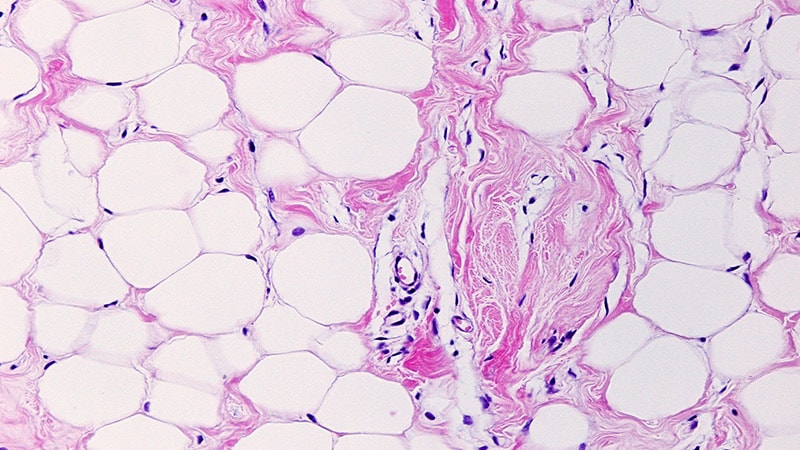Vitamin E intake is associated with lower prevalence of subclinical hypothyroidism and autoimmune thyroiditis (Hashimoto thyroiditis) among men, according to study results published in Thyroid.
Study findings have shown that vitamin E supplementation can help reduce the damage to cells in the heart, liver, kidney, and neurons among animals with hypothyroidism. However, research lacks on the relationship between dietary vitamin E intake and human thyroid dysfunction.
Researchers analyzed data from the National Health and Nutrition Examination Survey (NHANES) from the 2007-2008, 2009-2010, and 2011-2012 survey cycles to explore the link between thyroid dysfunction and antibody positivity. Participants were nonpregnant adults without a history of thyroid disease or cancer.
Thyroid disorder prevalence and thyroid hormone levels were stratified according to different dietary vitamin E intake tertiles (T1 [≤4.53 mg], T2 [4.54-8.10 mg], T3 [≥8.11 mg]). The researchers collected data on thyroid indices, the prevalence of overt and subclinical hyperthyroidism or hypothyroidism, and thyroid antibody positivity.
The study included 7773 participants (average age, 44.84 years), of whom 52.80% were men, 68.40% were White, and 11.80% met the recommended dietary allowance for vitamin E.
The prevalence of subclinical hypothyroidism decreased across tertiles, from 3.63% (T1) to 3.07% (T2) to 1.85% (T3), with a significant downward trend (P-trend =.013). Overt hypothyroidism also declined from 1.21% (T1) to 1.01% (T2) to 0.52% (T3; P-trend =.021).
The prevalence of autoimmune thyroiditis was relatively stable across the tertiles: 13.30% in T1; 11.40% in T2; and, 11.39% in T3 (P-trend =.09). Thyroid-stimulating hormone levels decreased across the tertiles: 1.94 mIU/L in T1; 1.93 mIU/L in T2; and, 1.83 mIU/L in T3 (P-trend =.021).
“
These findings suggest a potential avenue for future research to explore the supplementation of vitamin E as a means to improve [subclinical hypothyroidism] and [autoimmune thyroiditis].
In the gender-based analysis, the researchers identified a decreased subclinical hypothyroidism prevalence across tertiles among men but not women. Specifically, subclinical hypothyroidism prevalence dropped from 4.56% (T1) to 1.73% (T3), whereas overt hypothyroidism dropped from 1.05% (T1) to 0.38% (T3) among men.
Autoimmune thyroiditis also significantly declined among men, from 11.78% in T1 to 8.13% in T3 (P-trend =.013), but increased among women (P-trend =.21).
After adjusting for multiple factors, the researchers observed an association between vitamin E intake and prevalence rates of subclinical hypothyroidism among T3 participants (odds ratio, 0.28; 95% CI, 0.15-0.54; P <.001).
Using restricted cubic splines, the researchers confirmed a strong nonlinear association between vitamin E intake and subclinical hypothyroidism, particularly among men. Interaction analyses highlighted the role of sex and drinking status in these relationships, with more pronounced protective effects of vitamin E among men and non-drinkers.
Study limitations include the study’s cross-sectional nature, inaccurate NHANES data on vitamin supplementation, and unavailable concurrent data on vitamin E measurements for validation.
The researchers concluded that “higher dietary vitamin E intake is associated with lower prevalence rates of [subclinical hypothyroidism] and [autoimmune thyroiditis], predominantly in males. These findings suggest a potential avenue for future research to explore the supplementation of vitamin E as a means to improve [subclinical hypothyroidism] and [autoimmune thyroiditis].”
This article originally appeared on Endocrinology Advisor









